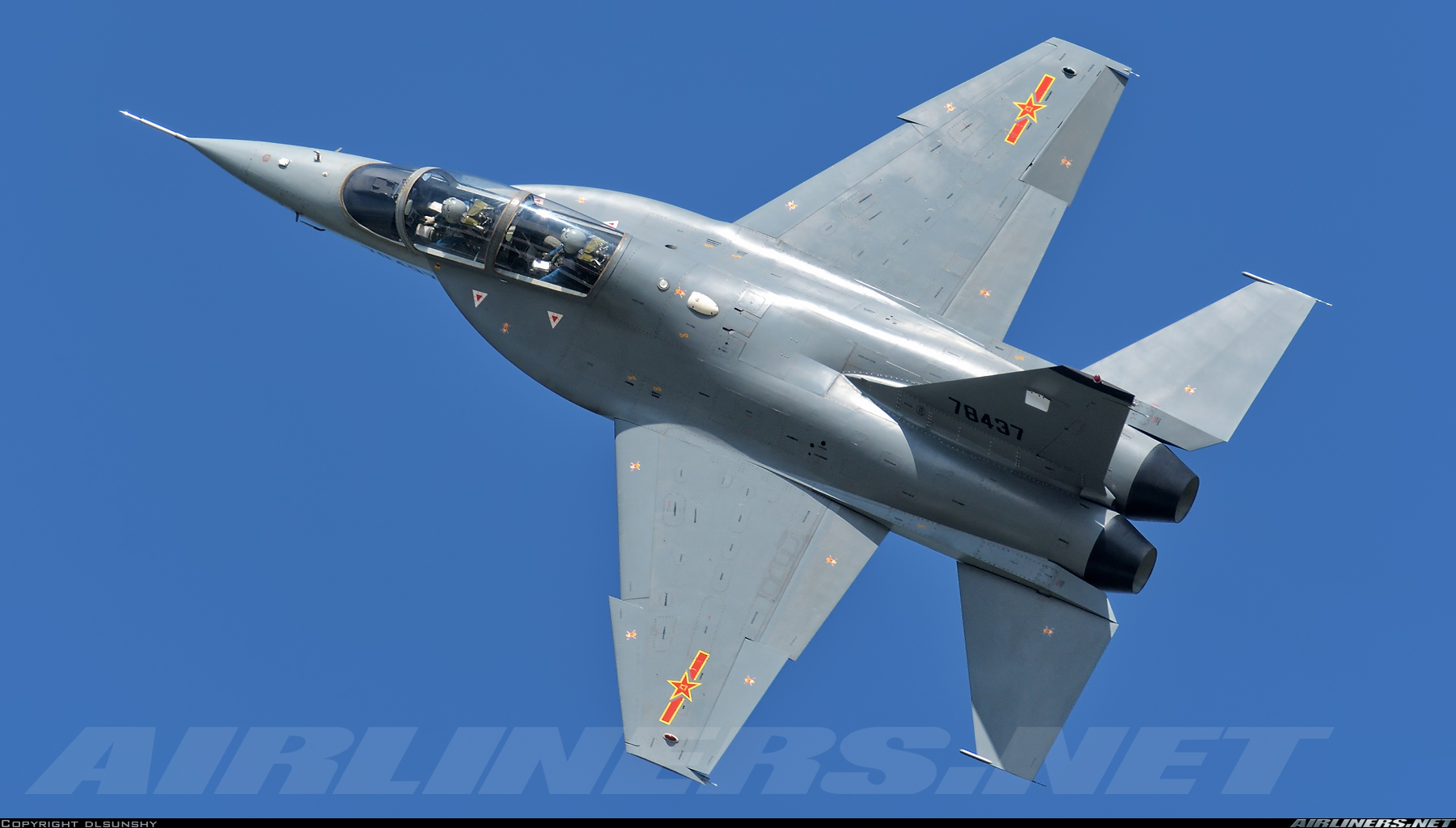You are using an out of date browser. It may not display this or other websites correctly.
You should upgrade or use an alternative browser.
You should upgrade or use an alternative browser.
CV-18 Fujian/003 CATOBAR carrier thread
- Thread starter Jeff Head
- Start date
Ask the question when you have evidence of 2nd 003 actually is a thing to happen.Do you think they are fabricating parts for a second 003 or are they waiting till trails before starting?
Excuse me. But the tail surfaces do not match at all with a JL-10

and look much more like those of the J-15

I somewhat disagree, I think the tail geometry is sufficiently of poor quality that we cannot rule out if it is JL-10 or J-15 in overall configuration they appear somewhat similar. Furthermore, given JL-10J is meant to be intended for carrier use as a trainer, very minor differences also cannot be ruled out from the land based version.
However, I do think that it isn't J-15 because there is rather distinctive rounded, smooth LERX on the model which is consistent with JL-10 rather than J-15.
I think this image demonstrates the final aircraft most clearly when the wings are attached (via da bao CG)

You are pretty arrogant aren't you?Ask the question when you have evidence of 2nd 003 actually is a thing to happen.
I just don't live in a fantasy world.You are pretty arrogant aren't you?
You are pretty arrogant aren't you?
No, he's right.
If you're asking questions about a project, it's up to you to first do due diligence about whether a given project exists or is considered as likely/expected first.
Otherwise you end up missing an entire step in the reasoning that we have to go through.
- Chinese scientists have created an electromagnetic catapult for aircraft carriers using technology similar to electric vehicles
- The system can launch a plane from zero to 70 metres per second in 2.1 seconds, and at a lower cost to traditional catapults
Before catapulting, a high-power motor drives a heavy flywheel to rotate at high speed. Once the plane is secured on the catapult shuttle, the flywheel passes kinetic energy to a winding wheel, which then yanks the shuttle through a steel cable to apply force to the aircraft’s landing gear, accelerating the aircraft to take-off speed.
The flywheel and winding wheel never touch; instead, an eddy current clutch generates the electromagnetic force that binds them together.
To stop a plane, the flywheel’s spin is simply reversed – no extra gear needed.
Ye’s team has built a prototype, and the test results have confirmed the feasibility of the design, according to their paper.
The scientists claim this new catapult can send big fixed-wing planes skyward in just 100 metres – a feat within reach of many decks.
Last edited:
Welp the original source is here:Hmm? From the SCMP?!!
